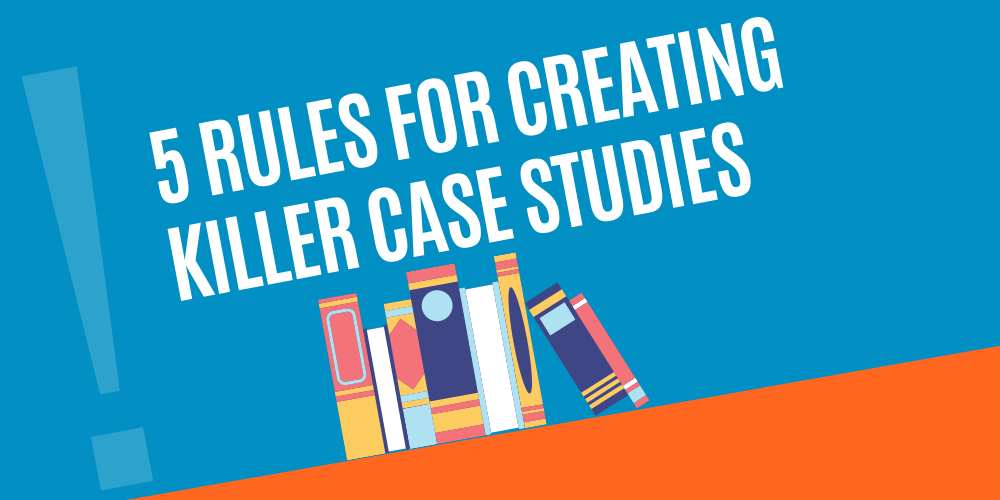Envisioning an Understandable Future, by Looking at a Confusing Past
By David Chapin
The design process successively envisions the future, focusing on and forecasting a finer level of detail with each iteration. Sometimes, though, it is easier to envision the future if you look to the successes and failures of the past.
A recent discussion with a client reminded us of this. He wanted to fill out the solution we were creating by linking every claim and almost every statement to a supporting bit of evidence, rationalization, validation, corroboration, substantiation and authentication, such as a citation, chart, graph, table, research datum, testimonial, etc.
He believed that the audiences’ scientific mindset made them immune to the general tenets of marketing, and that they wouldn’t believe anything they couldn’t verify, corroborate and somehow prove on the spot.
He readily admitted that the audience was busy and wouldn’t have a lot of time to peruse the solution we were building for him. He also agreed that the solution should support the salespeople, and wouldn’t replace them. Yet he still wanted the solution to convey every detail up front, rather than provide a big picture overview of the situation, with details available on demand.
To help him envision the implications of the choice we were asking him to make, we showed him something we had created for another client, one that replaced a solution chock-a-block full of scientific claims and validation with an alternative that provided a series of layered messages, with a prominent high-level message at the top of the hierarchy, and the relevant details organized in sections underneath. It became clear that this type of layered solution communicates very clearly, especially for a scientific audience, who after all, absorb information just like everyone else. People, regardless of their training (scientific or not) need a large-scale story (an “armature” of understanding) off of which they can hang the smaller details. Without that big picture, the little details don’t make sense – they just get in the way of the overall message – just like an animal without its skeleton has no comprehensible form.
Comprehension doesn’t come from more (and more complex) details, it comes from telling a complex story in a compelling way, which means starting with the big picture. It was just such a compelling solution from the past that allowed this client to envision the future.






